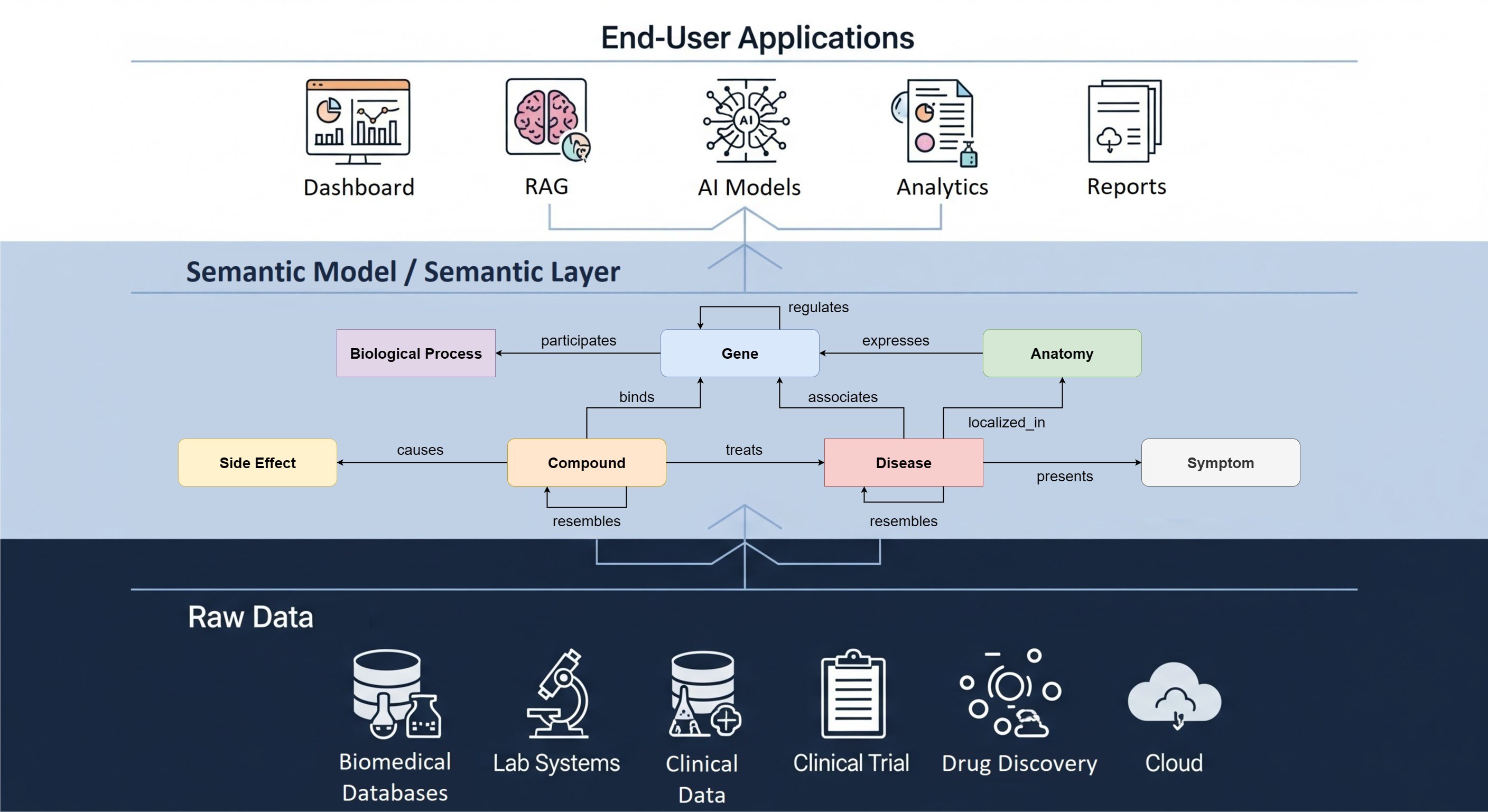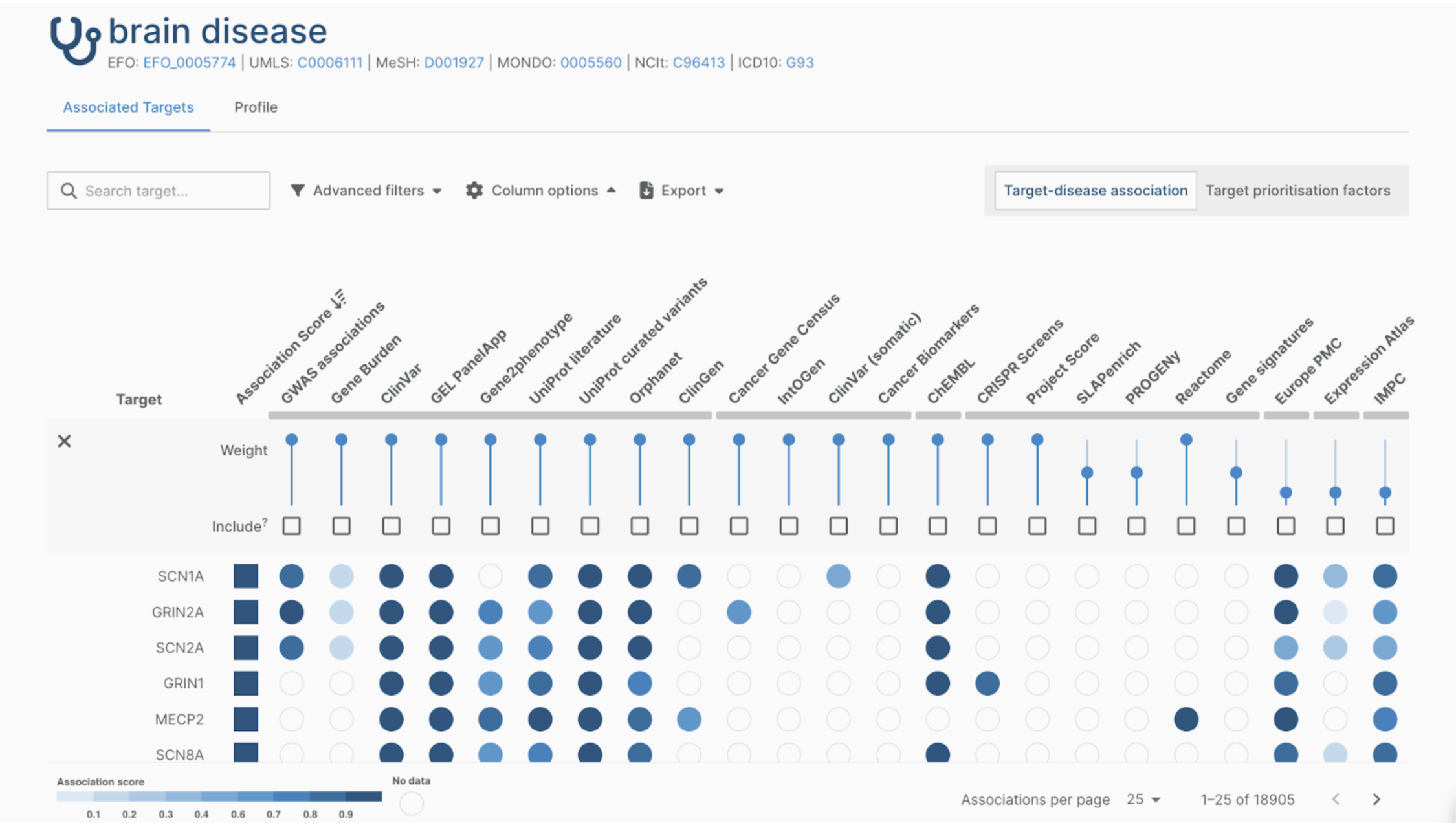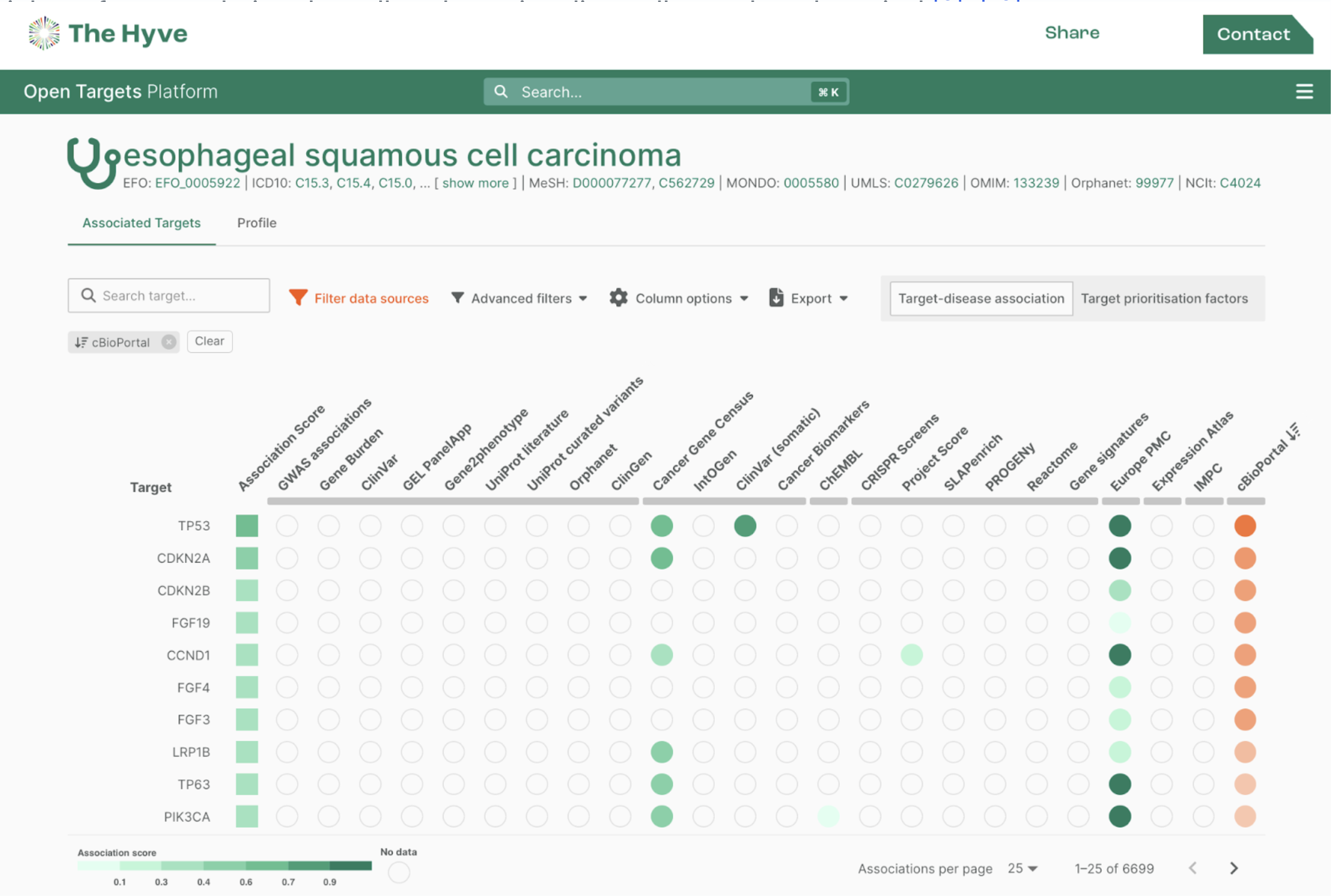
Wearable devices and wearable sensors have recently become very popular, especially in the areas of fitness and sports. An important feature of wearable devices and smartwatches is that they provide a continuous, non-stop recording of your activity without you even noticing it. For that reason, these technologies are also starting to be used more and more in medical practice and research. In this blog post we will first outline the possibilities of wearables for monitoring in a medical setting. Furthermore we will describe two current projects which are already using wearables for medical research.
Wearables in a medical setting
The majority of people visit their GPs "every now and then", which only gives GPs periodical snapshots of their patients’ condition and no continuous overview. Such approach works for most patients, but a continuous overview could be critical for patients with chronic illnesses such as Parkinson’s disease or epilepsy. Normally your doctor makes a follow-up appointment based on your current condition in say three months, but what if your condition deteriorates faster than expected? Sometimes you are not able to diagnose that yourself and communicate it with your doctor.
Now, imagine we give a wearable device to this patient and give the GP access to the sensor data. This immediately gives the clinician continuous access to patient’s current health situation. By defining alerts when certain sensor measurements are too high or too low, the GP is notified when needed and has the possibility to change patient’s treatment and visits.
Technical feasibility
This might sound rather futuristic, but the market of affordable and programmable (adjustable) wearable devices is rapidly expanding. There are "consumer-grade" devices, which are devices oriented on customers outside of a clinical setting, with the focus on sleek design and user-friendly software. The market of "medical-grade" devices, or devices designed to be used in clinical setting, with a focus on accuracy of collecting data and more advanced software and analytics, is also rapidly expanding.
These devices are already capable of so called "passive monitoring". A device collects information like heart rate or your levels of activity, and you don’t have to do anything for that, just wear the sensor. This is also the main strength of wearables: the collection of data is continuous.
However, "passive monitoring" is rather limited. To make the clinical picture of a patient more detailed, you can combine it with "active monitoring": recording patient information which requires patient’s active involvement. This includes reminding a patient to fill in a questionnaire on a daily basis or a certain type of test that is measurable by the device (e.g., for a patient with Parkinson’s disease it might include a short-distance walking speed test). Examples for such questionnaires which are already used in everyday clinical practise are the so-called PROMs: Patient Reported Outcome Measures. Patients are asked to complete these questionnaires before, during and after a treatment or therapy, to evaluate efficiency from patient perspective.
Current examples of using wearable devices in medical applications
The technical possibilities are in place to facilitate the usage of wearables and smartphones in medical practice and research. Several projects have recently started using them for data collection. Below you can find two examples of such projects, in one of which we take a very active part.
Active and passive monitoring Parkinson’s disease (Roche)
The field of medical wearables research is still brand new, but a number of pioneering developments are already taking place. Roche’s "pharma Research and Early Development" (pRED) department has recently developed a smartphone-based monitoring system for Parkinson’s disease patients.
The system combines data from the traditional tests performed by a physician during patients’ visits with tests performed and recorded by the patients at home daily.These tests include, amongst others, a gait test (walking 18 meters, including an 180 degree turn) and a postural tremor test (holdingthe smartphone in one hand, arm outstretched).

Furthermore, the patients are also asked to carry the smartphone with them throughout the day to continuously collect data on their activity using various wearable sensors. Roche hopes that this application can ultimately be used "in future clinical development to enable more objective measures on response to treatment to complement doctor assessments".
Active and passive monitoring central nervous system disorders (RADAR-CNS)
RADAR-CNS, a project of which The Hyve is a proud member, was started by IMI in 2016 as a research programme to focus on new ways to monitor and treat central nervous system (CNS) disorders using wearable devices and sensors.
In this project, we collect data from various wearable devices and smartphone sensors and combine them with observations like heart rate. Additionally the "Thinc-it" app for neurocognitive assessments is used to assess cognitive impairment, which is a symptom in patients with CNS disorders (e.g., depression). The cognitive tests are accompanied by multiple questionnaires, which can be scheduled or appear at random.
An example of such a questionnaire in this project is the ESM (Experience Sampling Method), in which patients are asked to describe current feelings, mood and experiences in real time.

Conclusions
Active and passive remote monitoring are complementary strategies which provide additional in-depth information about the vital state of patients when they are not at the GP or in the hospital.
We hope that the examples mentioned above inspired you to consider introducing wearables in your research or clinical practice.
If you want to know more about how we integrated passive and active monitoring of epilepsy patients in the RADAR-CNS project, then read this blog post. Or contact us if you want to know how we can help you do the same.



